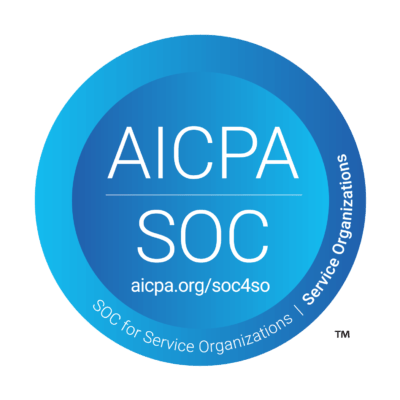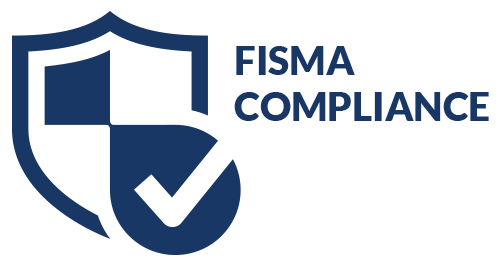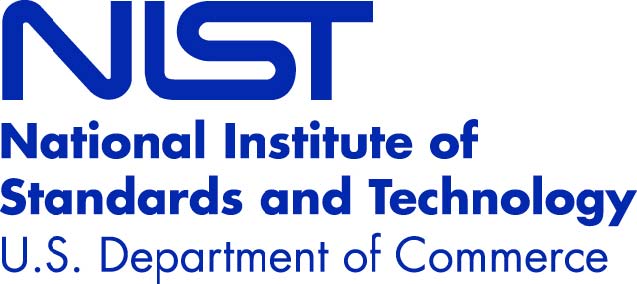Educational institutions have many financial considerations that help them educate students.
Finances are a major part of going to college for students, and many financial factors impact educational institutions as well. Economic forces can impact enrollments, endowments, and other aspects of a college or university’s financial position. Here are some of the top financial factors impacting educational institutions in 2019.
- Student loan forgiveness.
Student loan debt can hold college graduates back from milestones like marriage, having children, or starting a business. Up to 40% of students default on loans and trigger aggressive debt collection efforts. At the same time, however, student loans make it possible for many to attend college who would not otherwise be able to do so.
As the 2020 presidential race heats up, Democrats have begun to support student loan forgiveness as a part of their platforms. While students are excited at the prospect of getting student loan debt forgiven, how will student loan forgiveness impact colleges and universities? And how will it impact taxpayers?
- Free public tuition.
With all of the talk about forgiving up to $1.6 trillion in existing student loans, free tuition to public colleges and universities for current and future students is also in discussions. But would free tuition cause a flood of applicants that would overwhelm these educational institutions? And how would a free public tuition plan impact enrollment at private colleges and universities?
- Lower student loan interest rates.
Student loan forgiveness and free public tuition are still in the theoretical stages, but the government actually has put new limits on student loan interest rates that impact not only subsidized loans for students but parent-obtained loans as well. Lower student loan interest rates could lead to modestly lower payments for students, and might impact enrollments as more students decide that borrowing to attend school makes sense for them.
- Stock market fluctuations.
Many parents have invested money for their children’s college tuition, depending on the stock market to help it grow so they are ready when their children go to school. As the stock market rises and falls, college funds may grow or shrink, leading to more or less of a need for supplemental monies from student loans and other vehicles. Endowments are also invested heavily in the stock market, impacting university spending, new construction, and other initiatives.
- Strength of the economy.
The strength of the economy can impact educational institutions in a variety of ways. Enrollment may go up as students see job opportunities that could be theirs after graduation, or it could go down as desperate employers decide to provide skills training on the job to applicants that seem promising. Economic changes could also impact the majors and programs offered by colleges and universities or add pressure to institutions to lower their costs in times of economic uncertainty.
These are just a few of the financial factors affecting educational institutions of today. If your institution is looking to partner with an expert in education collections, contact TSI to see how our empathetic approach drives more recoveries for you.
